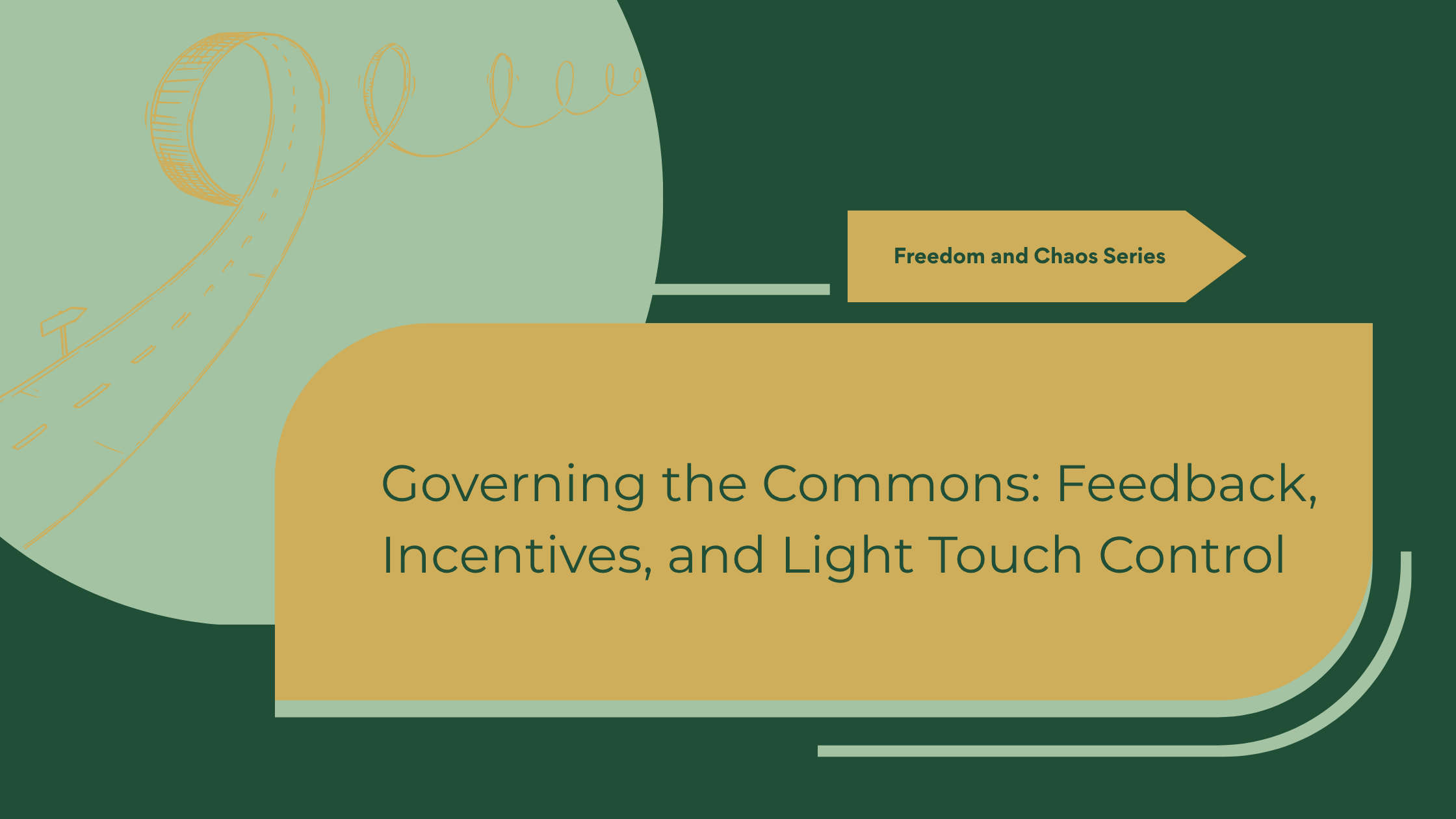Governing the Commons: Feedback, Incentives, and Light Touch Control
Self-service BI gives organisations the speed and flexibility to answer questions without waiting in the queue for a central reporting team. The trade-off is that without governance, a shared environment can quickly slip into disorder, like a medieval battlefield without a knight commander.
This series looks at how to find the middle ground. We want to give analysts and business users the freedom to explore and create while keeping the shared semantic model and Premium capacity healthy. So far we’ve explored how systems thinking can help manage shared resources. Then we focused on practical best practices for report builders. Now we turn to the question of governance.
During our castle-hopping in Scotland, I noticed that the sites which ran most smoothly did not feel heavily policed. There were rules, of course, but they were woven into the visitor experience. Clear signs explained which areas were off-limits and why. Ropes guided you along safe routes without feeling restrictive, and friendly staff answered questions rather than leaving you feeling lost. Everything encouraged the kind of behaviour that kept the site enjoyable for everyone.
Good BI governance works the same way. It is about designing the environment so that the easiest way to work is also the most responsible. That means making performance feedback visible so report builders see the impact of their work. It means putting in place incentives that reward lean, well-designed reports. It means having review points for critical content, not to block creativity, but to ensure it will stand up to heavy use without toppling the capacity.
Good data governance gives a clear path to success. Image thoughtfully created with Canva
The Role of a Centre of Excellence
One of the most effective ways to make this happen is to create a BI Centre of Excellence (CoE). Think of it as your castle’s heritage council: a group that sets the rules of engagement, protects the infrastructure, and promotes a healthy respect for the site.
A good CoE is not just IT in disguise. It should include:
Platform experts who understand the technical limits and capabilities of Power BI and Fabric.
Data model specialists who can advise on structuring and optimising semantic models.
Business representatives from key departments who can bridge the gap between what the technology can do and what the business needs.
The CoE’s job is to make governance visible and approachable. That could mean:
Running regular “report health checks” to spot potential performance issues before they become capacity problems.
Maintaining a design playbook so every analyst has a clear reference for best practices.
Hosting office hours or drop-in sessions where users can get advice on DAX, visuals, or navigation design.
Overseeing a certification process so that the most reliable, high-quality reports get a clear badge of trust.
Done well, a CoE becomes a trusted partner rather than an approval gate. It can actively improve the quality of self-service output by sharing patterns that work, highlighting examples of great design, and providing a safe space for analysts to experiment without risking production capacity.
I have seen situations where the CoE acted more like a medieval bureaucracy, bogging everything down in forms and approvals. That approach often drives people to work around the system entirely, which defeats the purpose. The best CoEs operate more like those castle guides. They are there to help you find the best route, avoid the dodgy stairwell, and explain to the kids why certain parts of the castle are off-limits, all without making you feel like you are trespassing.
When governance is supported by a strong CoE, the rules feel like they belong to the whole community rather than being imposed from above. Analysts have a clear place to go for help. Leaders know there is a team quietly keeping the BI “commons” in good shape. The shared capacity stays healthy because everyone understands how their actions fit into the bigger picture.
Governance should feel less like a guard with a clipboard and more like a guide with a map. When governance works, it fades into the background. Analysts build within healthy parameters almost without thinking about it and executives trust the reports they see. The platform team sleeps better at night. The freedom remains, but it is a freedom that lasts.

